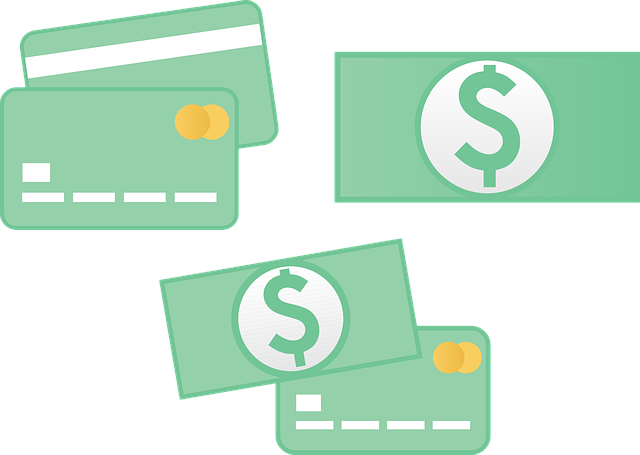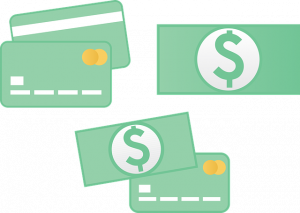
What Is Bad Debt and How Do You Prevent It?
 When running a business, you should stay on top of accounts receivable. Accounts receivable, of course, consists of debt that you must collect from customers. You may sell a product or service to a customer, but if you allow the customer to pay at a later date, you’ll have to collect the payment. Failure to do so could result in bad debt.
When running a business, you should stay on top of accounts receivable. Accounts receivable, of course, consists of debt that you must collect from customers. You may sell a product or service to a customer, but if you allow the customer to pay at a later date, you’ll have to collect the payment. Failure to do so could result in bad debt.
The Basics of Bad Debt
Bad debt is any debt that is deemed uncollectible. Customers will incur debt when they purchase your business’s products or services while agreeing to pay for them at a later date. Your business, on the other hand, will incur accounts receivables.
Accounts receivables are technically an asset. They are recorded as assets on balance sheets. But you’ll still have to collect those payments from your business’s customers. If a customer fails to pay your business by the agreed-upon due date – and you’ve determined that the debt is uncollectible – your business will have bad debt.
How to Prevent Bad Debt
There are several things you can do to prevent bad debt. Before allowing new customers to make purchases on credit, run a credit check. You can check a customer’s credit to determine his or her risk of default. If a customer had bad credit or no credit, you may want to avoid extending credit to him or her. Instead, require the customer to pay for products or services upfront to minimize the risk of bad debt.
Creating clear and transparent payment terms can help to protect your business from bad debt. Payment terms, of course, state how and when customers must pay their debt. It should mention the due date, and it should mention any fees, such as late fees. With clear payment terms, more customers will follow through with their debt obligations.
Sending invoices in a timely manner is another tip to prevent bad debt. Invoices feature an itemized list of all products or services purchased by a customer. When customers receive an invoice, they can submit payment for all of the purchased products or services. The longer you wait to send an invoice, though, the greater the risk of bad debt.
In Conclusion
Debt is considered bad if you’ve exhausted all efforts to collect it to no avail. It’s the result of customers not paying their invoices according to the terms set forth. To prevent bad debt, run a credit check on all new customers, create clear and transparent payment terms, and make sure you send invoices in a timely manner.
What are your thoughts on bad debt? Let us know in the comments section below!
